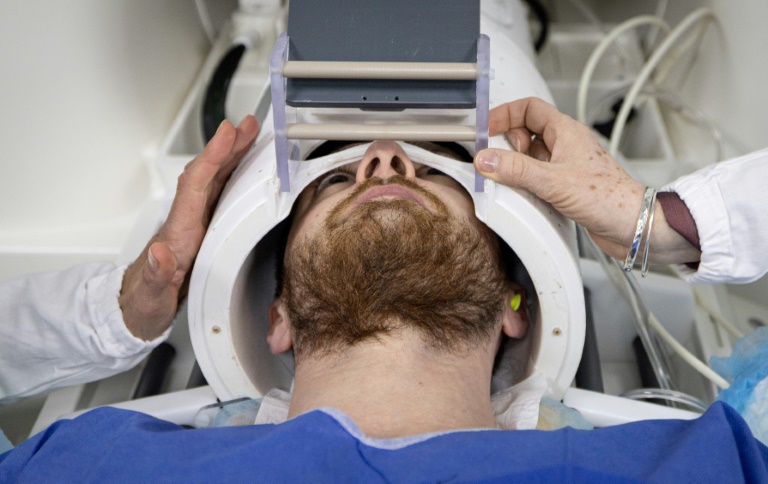Novel AI method could improve tissue and tumour analysis

First introduced five decades ago, MRI scanners are now a cornerstone of modern medicine, vital for diagnosing strokes, tumors, spinal conditions and more, without exposing patients to radiation – Copyright AFP/File ALAIN JOCARD
Scientists are hopeful that new computational statistics methods can provide more detailed information for precision health treatment plans. This should help to improve patient outcomes and survival rates, especially in relation to cancer treatments.
This research news comes from scientists based at both the University of Michigan and Brown University, who have developed a new computational method designed to analyse complex tissue data that could transform our current understanding of a range of diseases and how we treat them.

Source – National Cancer Institute/ Rhoda Baer (Photographer). Public Domain — CC0 1.0 Universal
The technique is described as ‘Integrative and Reference-Informed tissue Segmentation’, or IRIS. This is a novel artificial intelligence (machine learning) method that provides biomedical researchers with the ability to view more precise information about complex areas like tissue development, disease pathology and tumour organization.
IRIS draws from data generated by spatially resolved transcriptomics and uniquely leverages single-cell RNA sequencing data as the reference to examine multiple layers of tissue simultaneously and distinguish various regions with unprecedented accuracy and computational speed.
Unlike traditional techniques that yield averaged data from tissue samples, SRT provides a much more granular view, pinpointing thousands of locations within a single tissue section.

However, the challenge has always been to interpret this vast and detailed dataset. Interpreting large and complex datasets is where IRIS becomes a helpful tool—its algorithms sort through the data to identify and segment various functional domains, such as tumour regions, and provide insights into cell interactions and disease progression mechanisms.
The researchers applied IRIS to six SRT datasets and compared its performance to other commonly used spatial domain methods. It is hoped that as SRT technology continues to grow in popularity and use, the researchers hope to see methods like IRIS help to potentially develop targets for clinical interventions or drug targets, improving personalized treatment plans and patient health outcomes.
Through characterizing refined tissue structures and elucidating their alterations during disease states, IRIS holds the potential to unveil mechanistic insights crucial for understanding and combating various diseases.
The findings have been published in the journal Nature Methods, titled “Accurate and efficient integrative reference-informed spatial domain detection for spatial transcriptomics.”
Novel AI method could improve tissue and tumour analysis
#method #improve #tissue #tumour #analysis





